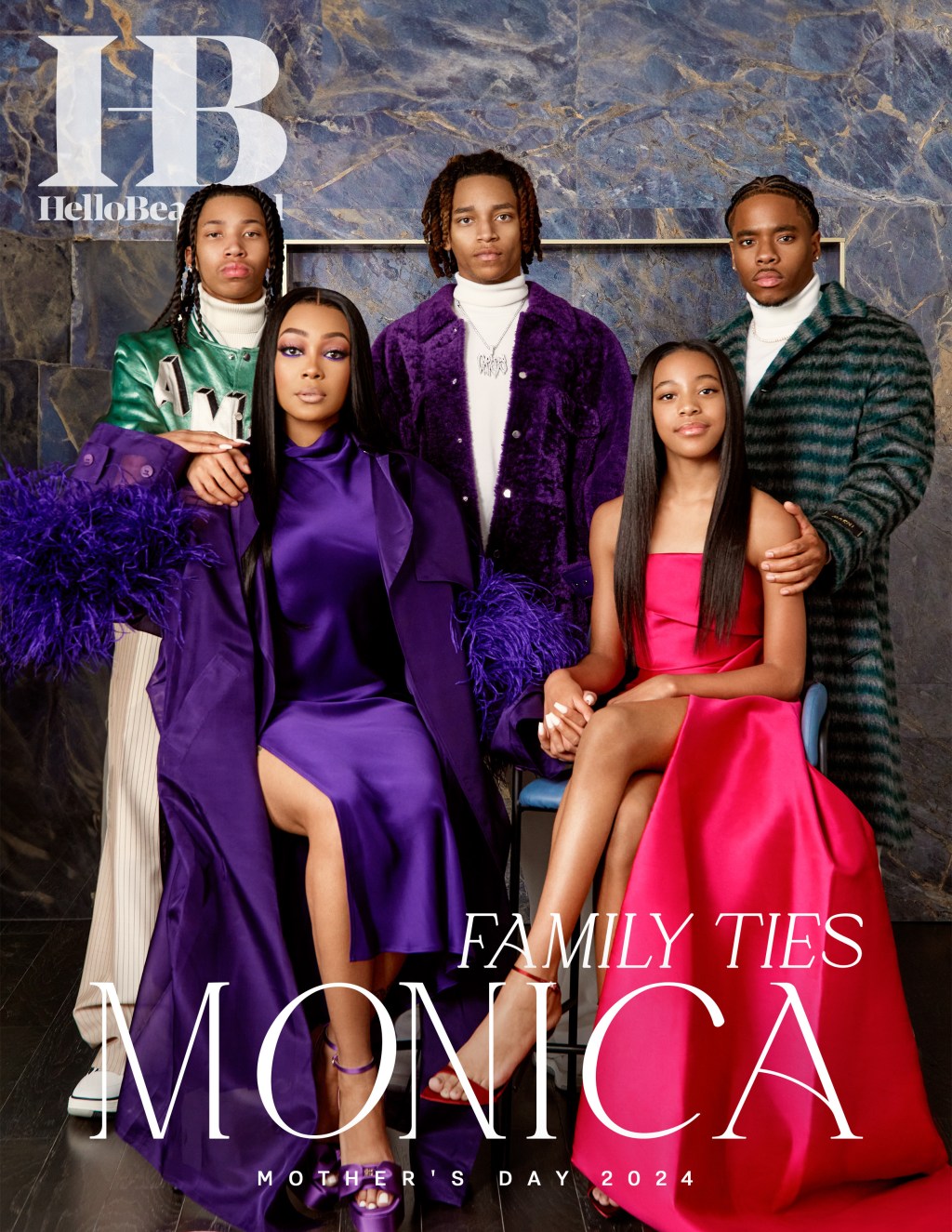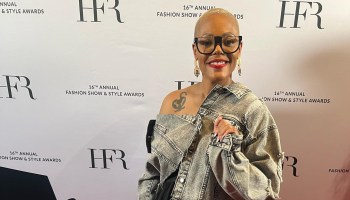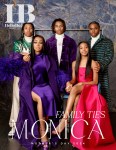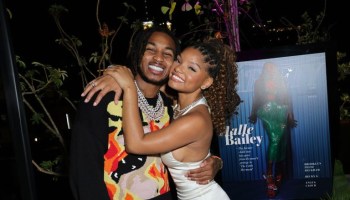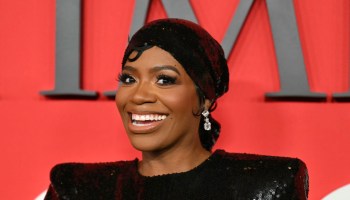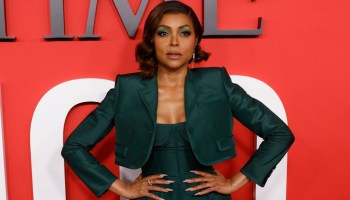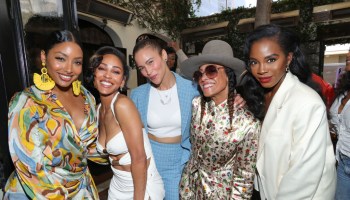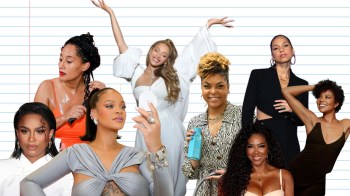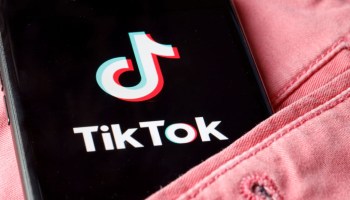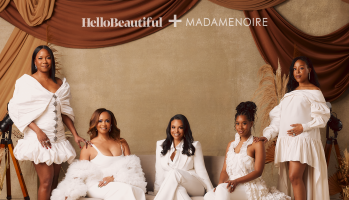
Source: Fashion Killa by Sowmya Krishnamurth / Fashion Killa by Sowmya Krishnamurth
Hip-hop was born in pursuit of fashion. The opening pages of Sowmya Krishnamurthy’s Fashion Killa remind the reader that DJ Kool Herc’s genius sparked because his sister Cindy wanted fresh school clothes.
Cindy was in pursuit of originality. Kids furthering the legacy of 1520 Sedgwick Ave today are chasing the luxury labels they hear their faves rapping about.
“Growing up back to school shopping in Kalamazoo, Michigan, was going to the Gap or Old Navy if, you know, you really had sort of saved your coins, maybe you could go to Abercrombie. But now everything has kind of been elevated and brands that weren’t even in the vernacular, whether it be Hermes, or Balenciaga, Balmain,” Krishnamurthy told HelloBeautiful.
“Those are things that are now commonplace.”
She credits “artist named, dropping the labels or just kind of showing them off on social media” with the rise in mass awareness of heritage houses.
“The average person is much more plugged into luxury fashion.”
Fashion is more plugged into the average person as well.
The luxury market once ignored a large chunk of the population. In favor of the old, white, and wealthy, it connects with hip-hop more directly than ever before. This is a departure from their refusal to dress some of the genre’s biggest stars during its adolescence.
“Oftentimes fashion was inspired by hip-hop, but didn’t necessarily want to embrace the individuals who created that,” said Krishnamurthy.

Source: Fashion Killa by Sowmya Krishnamurthy (Simon & Schuster) / Fashion Killa by Sowmya Krishnamurthy (Simon & Schuster)
Fashion Killa features the stories of stylists like June Ambrose being forced to improvise her way to stardom due to discrimination.
A few recessions and a racial reckoning later, there is a top rapper as a Louis Vuitton creative director, and Nicki Minaj has a Fendi collection under her belt. A$AP Rocky was tapped to model for Dior Homme in 2016, and Gucci Man brought zone six energy to the 2020 Gucci cruise campaign.
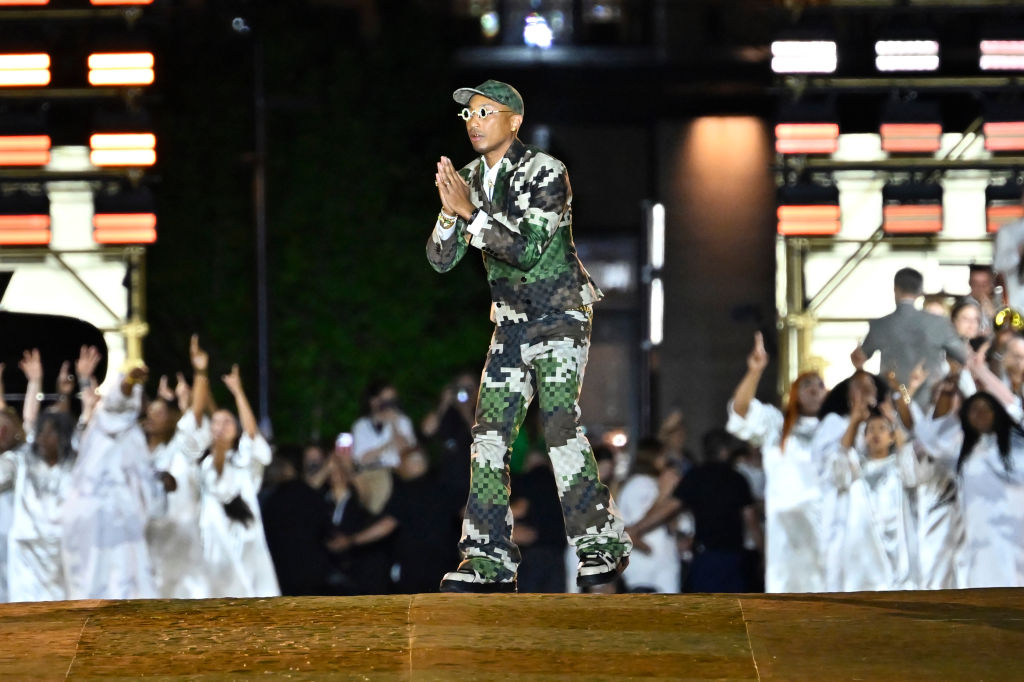
Source: Aurelien Meunier / Getty
“The pendulum has swung with hip-hop becoming so commercially viable,” Krishnamurthy said. “And just [with] the power of that hip-hop dollar, brands would really be asinine not to embrace it because there’s money on the table.”
Small winks and slight nods have become full-fledged embraces from brands looking to maintain their relevance.
Pop culture noted the shift in prime time. A Gossip Girl episode sees Blair Waldorf ask her designer mother why she is collaborating with an affordable department store. She is met with the wry response that “High-end has fallen on hard times.”
The innovation of those aspiring to luxury impacts the trends driving design consistently. Kids unable to afford the runway’s latest “are doing their own version of either DIY or high low thrifting.”
The genre’s connection to hip-hop hasn’t always been seamless. The rollout of a collaboration with Dapper Dan was marked with derision. Black Twitter cried foul at Gucci, showing designs inspired by the icon before announcing they were working with him. The confusion was clarified by bridging the gap through the help of Harlem’s Fashion Row. Many brands are looking for change makers to translate their efforts.
“In many ways, it’s a new world, and I think they’re figuring it out, but they have to figure it out because really that’s sort of the direction that the world is going,” Krishnamurthy said.
A new generation of independent Black designers are challenging the place of the fashion’s old guard as the arbitrators of luxury.
“I think in the previous generations those brands would have been called like urban brands or hip-hop brands and almost seen as lesser than,” said Krishnamurthy.
Jason Rembert, Brandon Blackwood, Samantha Smikle, Maya Winston, Jessica Rich, Fe Noel, and more are dressing the biggest names in music. They are sitting in major department stores and enjoying the major credibility denied to previous generations.
Krishnamurthy noted how the “it bag” of the moment came from the imagination of a Black designer.
“If I carry it, my Telfar bag. People stop me in the streets, and they don’t do that with any other line. It doesn’t matter if it’s Louis Vuitton, APC, doesn’t matter,” said Krishnamurthy. “New York, Detroit, Atlanta, wherever I go, people will stop and compliment that bag. And I think that’s just a testament to this notion of building a brand based on great design.”
“I love seeing new names come into the mix,” she added.
Fashion Killa reflects on hip-hop opting to create their own labels after being shut out of the traditional ecosystem.
“Rapper-led fashion lines were very popular,” Krishnamurthy continued. She cited Sean John, Rocawear, and Wuwear as shining examples of artists deciding to establish their own brands.
She was disappointed to see their presence reduced in the marketplace.
“After a while, it felt like rappers, with the exception of Kanye, kind of lost interest, and everyone decided instead of having my own brand, I’d rather go to a heritage house. I’d rather go to an established brand and either do a collaboration or do just kind of a one-off situation with them, and it kind of hurt my heart a little bit,” she said.
“I would love to see more artists investing in their own brand,” she continued. “Instead of having somebody else’s name across your chest, having your own name and building that next great American brand. So whether it’s Telfar, whether it’s Brandon [Blackwood], whether it’s Kerby [Jean-Raymond], whoever it is, I really am excited to see these young designers say ‘No. I want my brand to be kind of held in that same esteem as other great American brands,’ and that really comes from that spirit of hip-hop of entrepreneurialism.”
She honors platforms that celebrated hip-hop’s style long before it was getting mainstream attention in Fashion Killa. One passage in the book clarifies that supermodel Tyson Beckford was gracing the pages of The Source before vamping in Vogue.
“The Source was his first look before he became the Ralph Lauren darling,” she said.
“That was really important to me, highlighting people who might not have gotten their industry flowers, and hopefully, this book kind of opens up that opportunity where it doesn’t have to be decades later for someone to be celebrated.”
Fashion Killa is available everywhere on October 10.
DON’T MISS:
5 Times Keke Palmer Slayed In Sergio Hudson
Harlem’s Fashion Row ‘Fashion Icon’ Honoree Kelly Rowland Is A Glam Goddess On The Red Carpet
